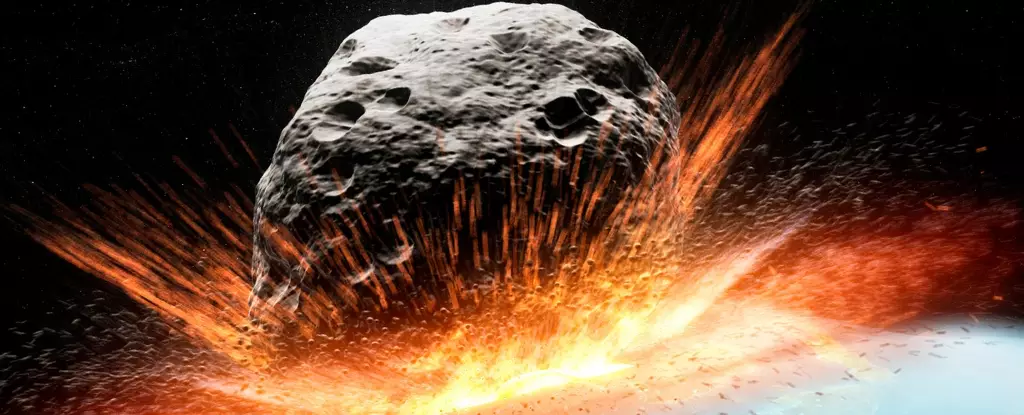In late December 2024, astronomers made a significant discovery in the cosmic landscape: an asteroid designated as 2024 YR4. The nomenclature is reflective of its timing of discovery, representing it as the 117th asteroid found during that month, with “Y” indicating its discovery in December of 2024. The immediate concern with any newly identified asteroid is not merely its existence, but the trajectory it follows. Once astronomers capture an asteroid in their telescopes, they initiate a series of calculations and observations to predict its orbital pathway and assess any potential threat it might pose to Earth.
Initial assessments placed 2024 YR4 at a mere 1% probability of impacting Earth. As further data was collated and simulations were executed, concern levels shifted dramatically, doubling the likelihood to 2.3%. Each percentage point signifies more than mere conjecture; it translates into a mathematical framework where, in a hypothetical scenario involving 1,000 orbital simulations, 23 trajectories could potentially lead to an Earth impact. Despite these rising odds, the projected close approach of the asteroid is set for 240,000 kilometers away—well within the Moon’s orbit yet not close enough to cause alarm.
These statistics can stir trepidation reminiscent of fictional portrayals of asteroid threats like that depicted in the movie “Don’t Look Up.” However, in the realm of astrophysics, these odds are neither uncommon nor drastically alarming. Even with the increased matching trajectories leading to an Earth hit, the risk remains classified as minor, reflecting ongoing monitoring rather than immediate panic.
The Torino Scale serves as an essential tool for evaluating the hazards presented by near-Earth objects (NEOs). When initially calculated, 2024 YR4 was assigned a score of 3, indicating a need for observation but not immediate threat. Even as its risk escalates to 2.3%, it retains the same classification on the scale, confirming that while monitoring is crucial, the asteroid is not an imminent danger.
Astrophysicists constantly remind the public that early estimations concerning asteroid trajectories are inherently fraught with uncertainty. Factors such as gravitational interactions with nearby celestial bodies can alter an asteroid’s path unpredictably. Particularly concerning for 2024 YR4 is its expected 2028 close passage, projected to be just 8 million kilometers away. This encounter may provide astronomers a clearer understanding of its orbit and feasibility of various mitigation strategies, should they be needed.
Even in the event of an elevated risk of impact—hypothetically nearing 100%—the strategies available to scientists today provide a framework for potential intervention. Notably, ongoing awareness and preemptive planning serve as great advantages. Historically, the threats from asteroids like 2024 YR4 are dwarfed by sudden surprises represented by those approaching from the direction of the Sun, marking the Chelyabinsk incident as a prime example of the unanticipated risks in planetary defense.
Should a significant prospect of impact arise, the logistics of evacuating high-risk areas would become a priority, but fortunately, there would be sufficient time to enact such measures. Fortunately, 2024 YR4 is not comparable in size to asteroids capable of triggering mass extinction events. However, the implications of an impact over a densely populated region would nonetheless result in considerable challenges requiring coordination and crisis management.
The evolving risk posed by asteroid 2024 YR4 underscores the necessity of cautious monitoring and open lines of communication regarding its trajectory and potential implications. While uncertainties remain, astronomers highlight that the ultimate trajectory of the asteroid is likely to become clearer as new data emerges. Consequently, ongoing assessments are vital, allowing for well-informed responses to help mitigate any potential risks. Keep updated through NASA’s Planetary Defense page to remain in the loop regarding future developments and findings concerning 2024 YR4, as well as ongoing discoveries in the celestial sphere. Asteroids continue to serve as reminders of the dynamic and ever-changing universe we inhabit.

